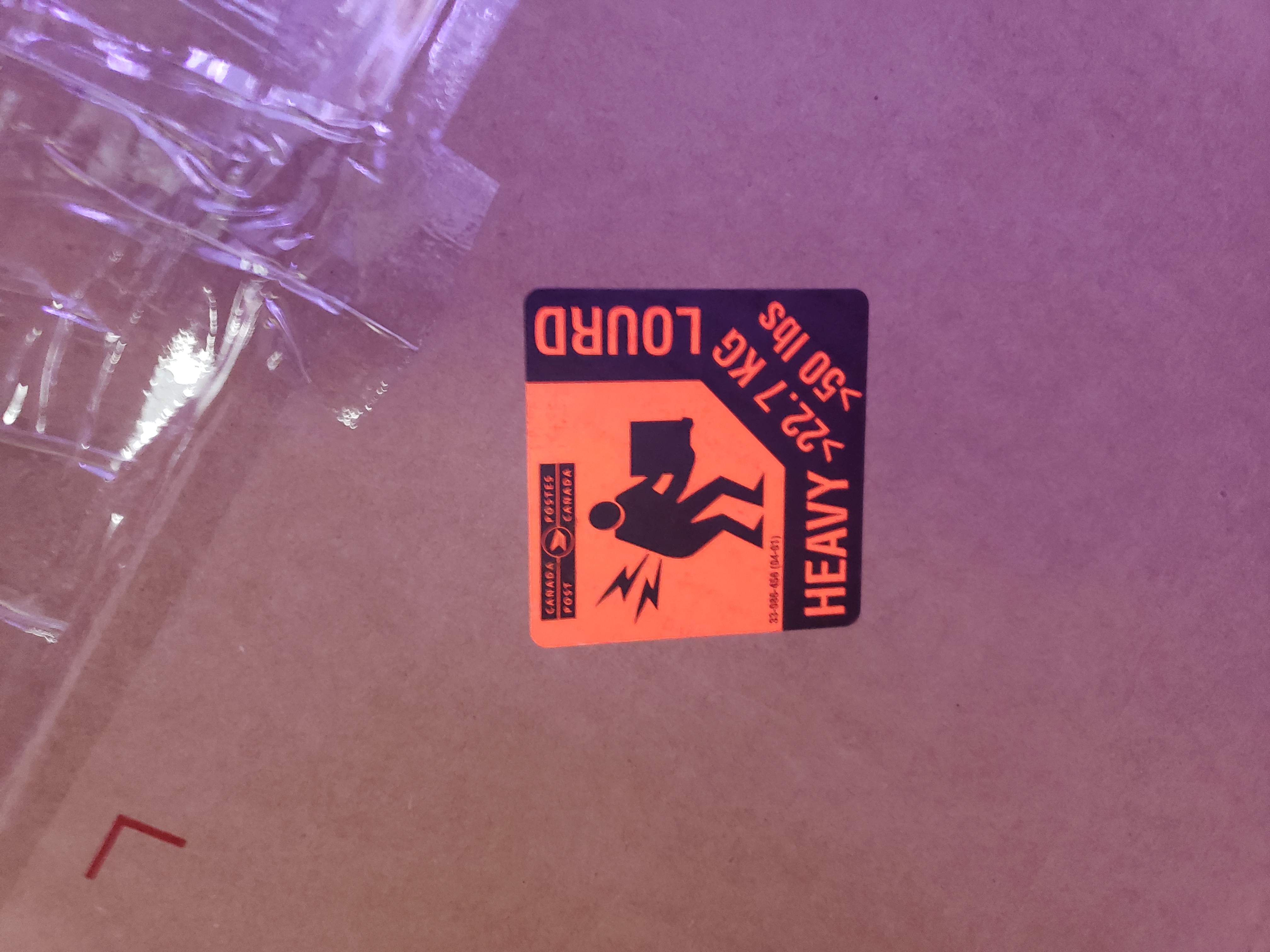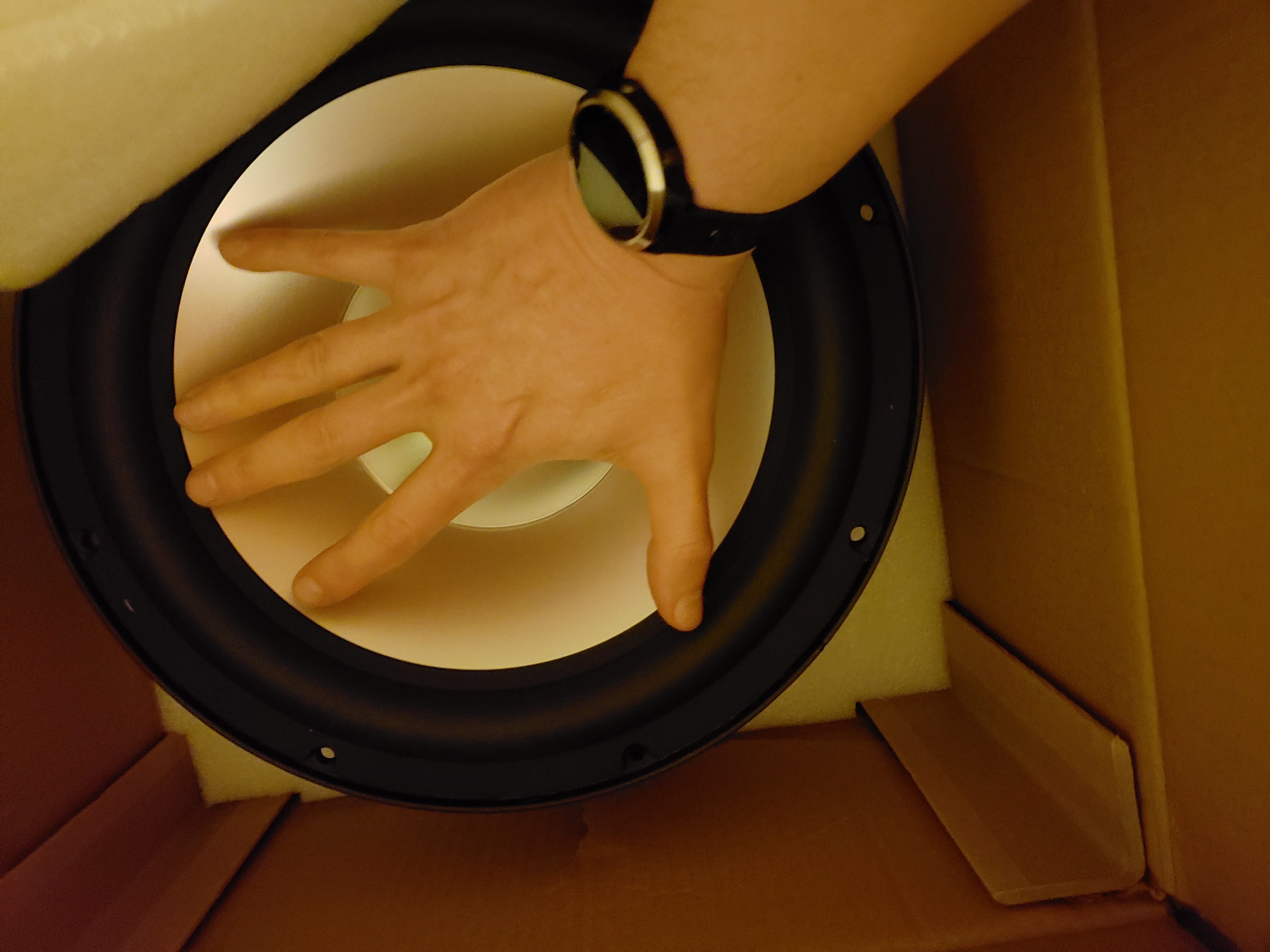Very visible to you, but I still can't see it. Do you mean just the T01, or the T00, or both? On the T00, I see a small ripple at 65Hz on the voice coil graph, but not scanspeak's site, is that it? ScanSpeak's graph look clean to 700Hz for both drivers. The RS315 shows a small ripple at 37Hz too.
I agree I won't know for sure until I measure the driver myself. The c173-6-191e's ended up being great drivers but not even close to the spec that was published at the time I ordered them.
I agree I won't know for sure until I measure the driver myself. The c173-6-191e's ended up being great drivers but not even close to the spec that was published at the time I ordered them.




Comment